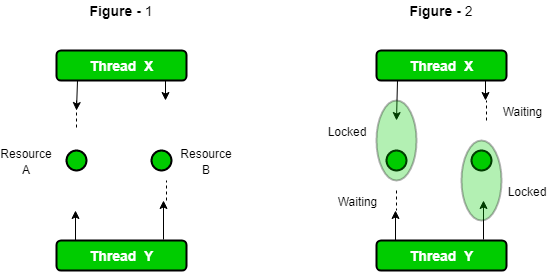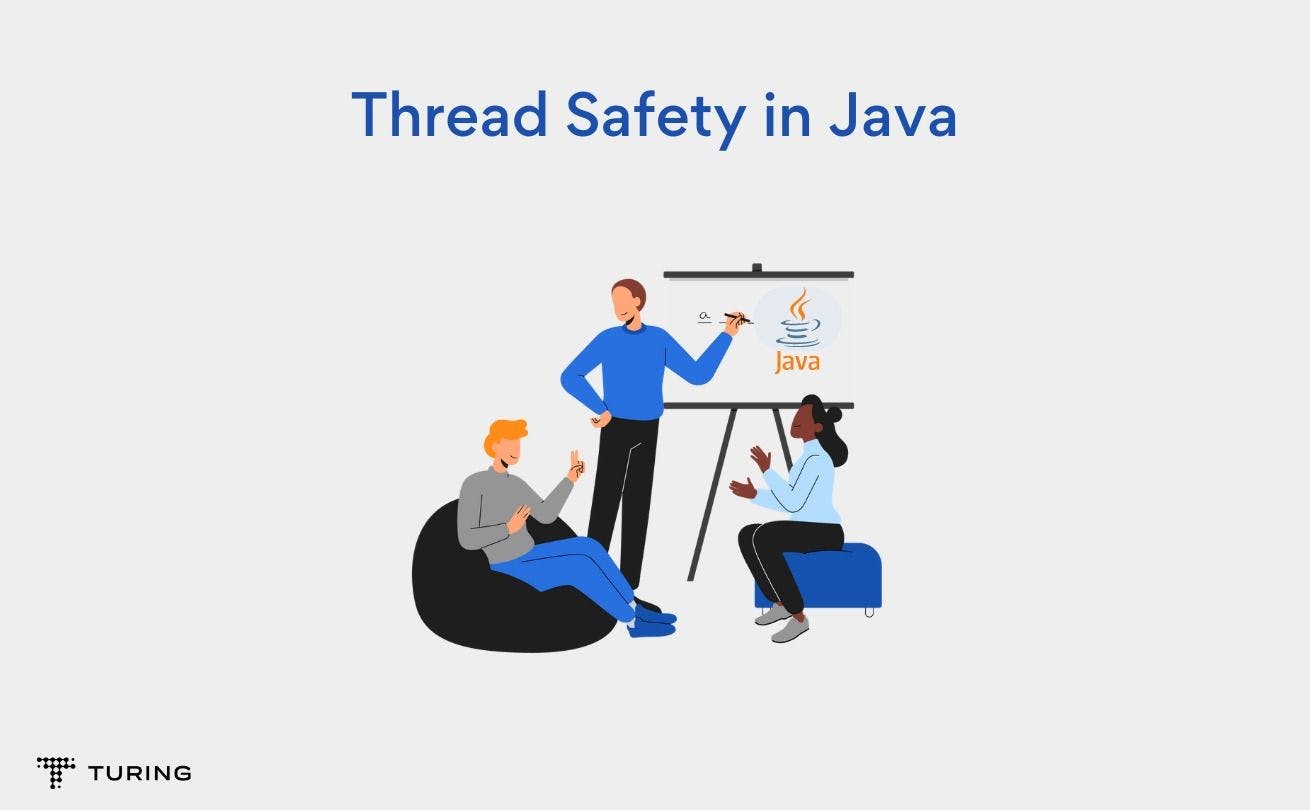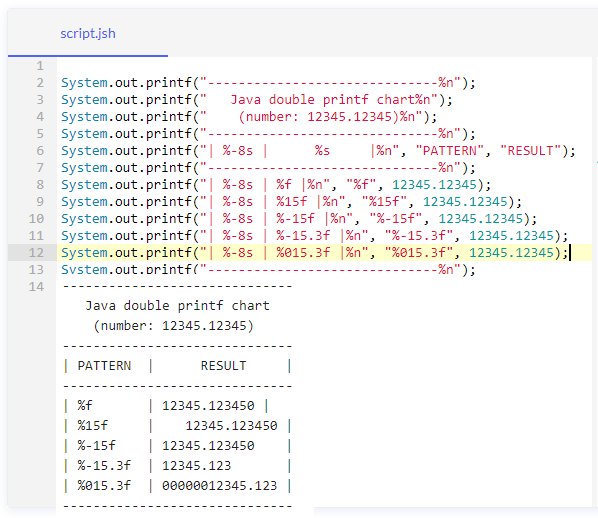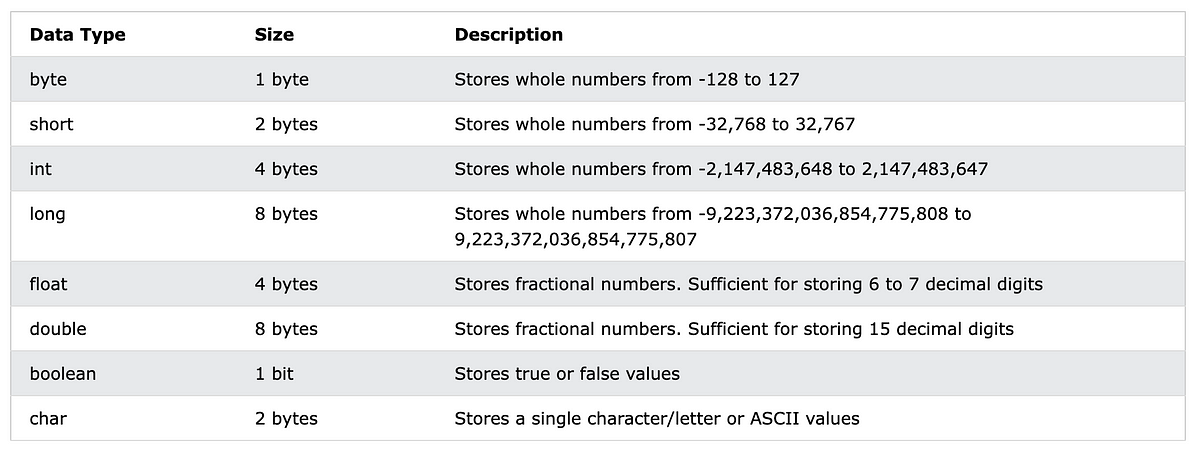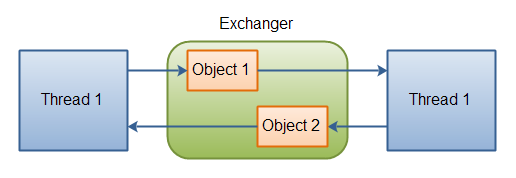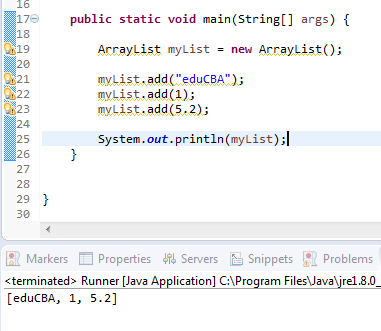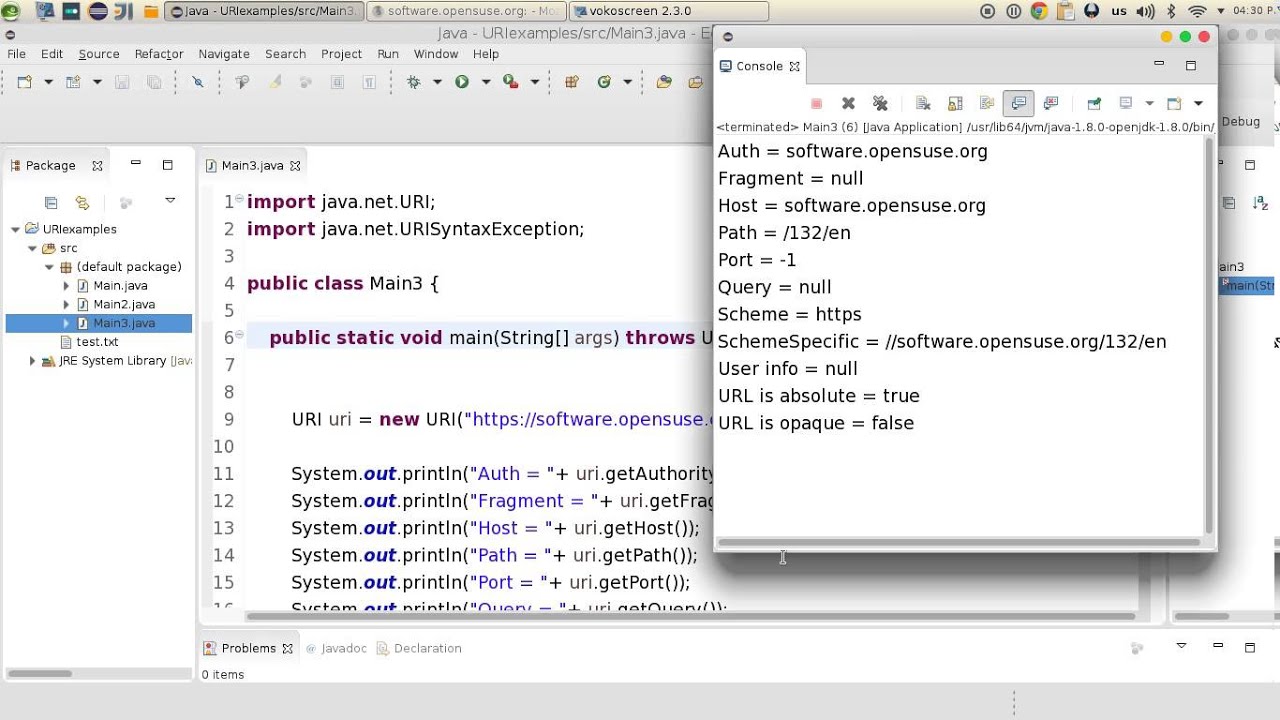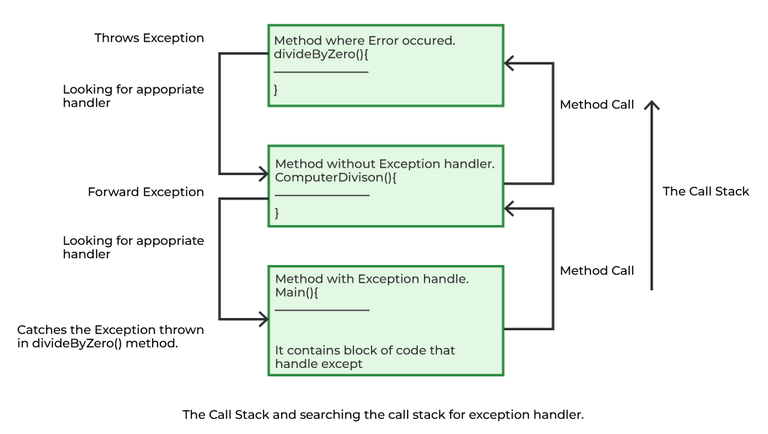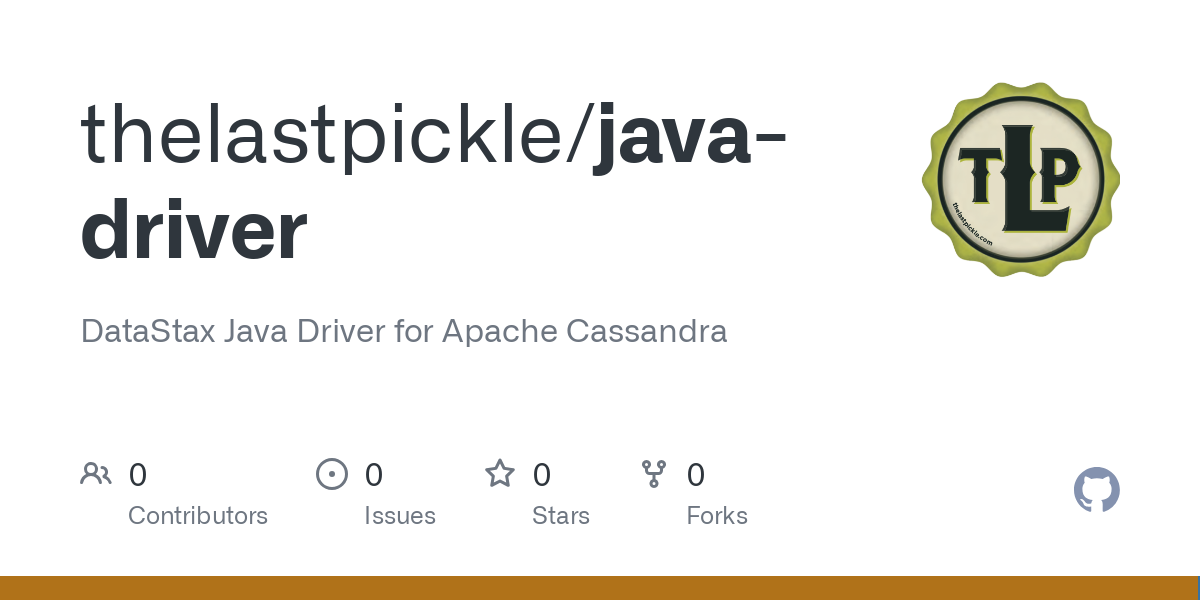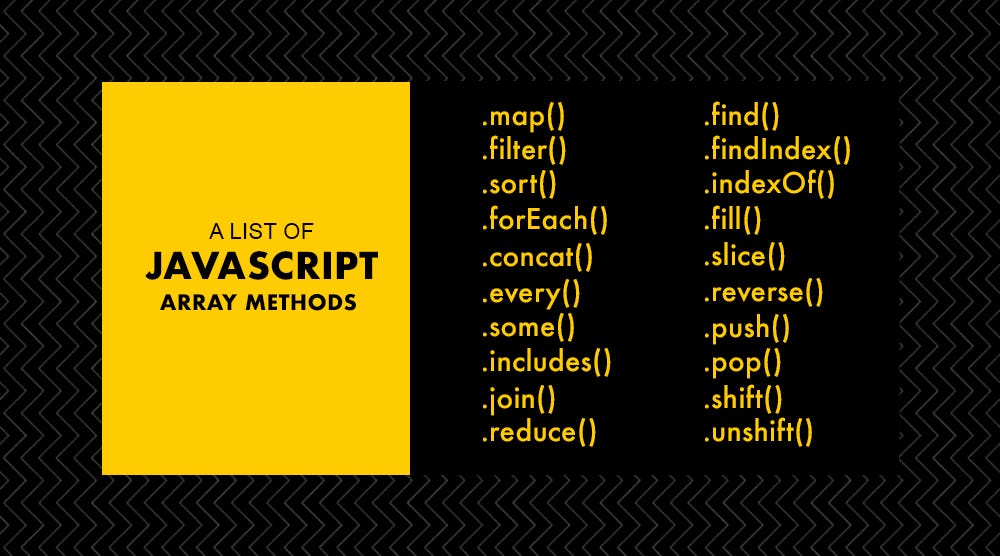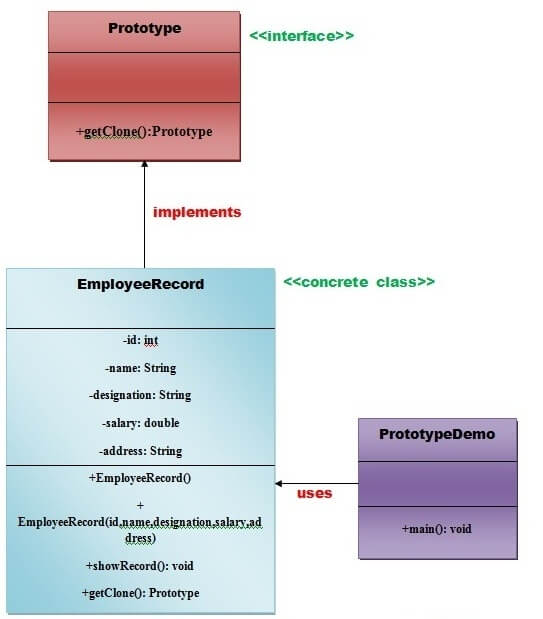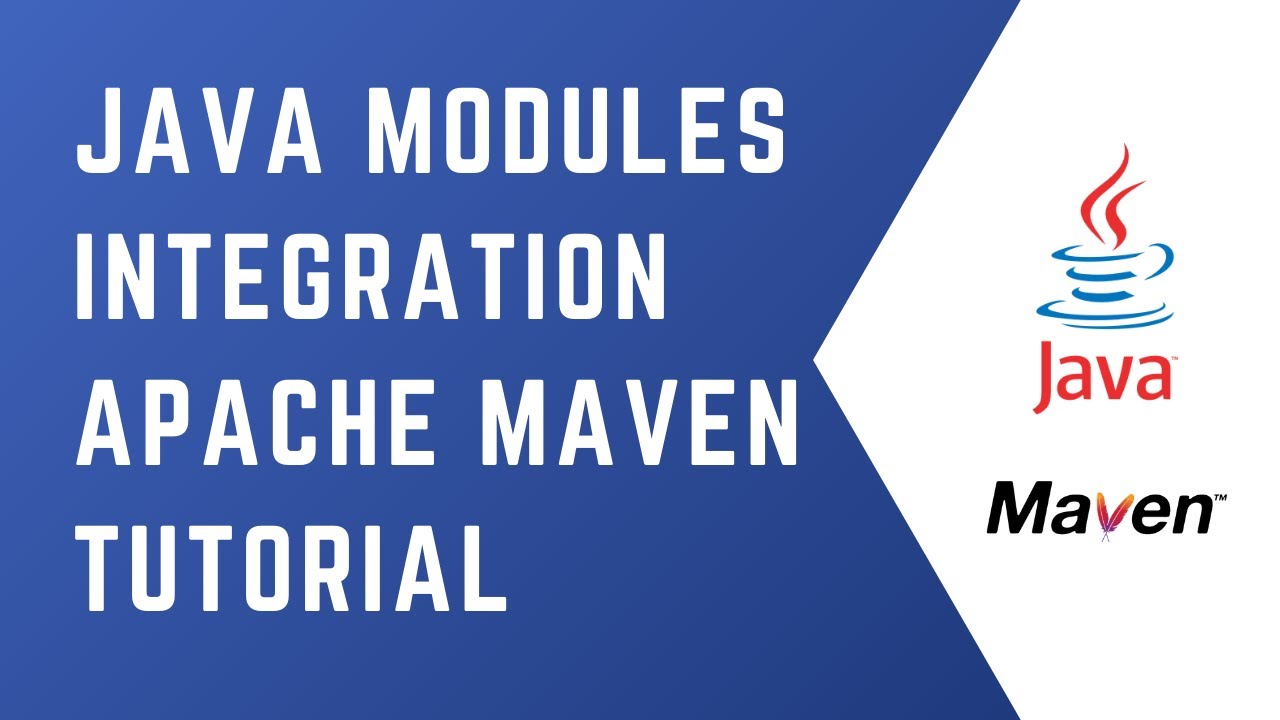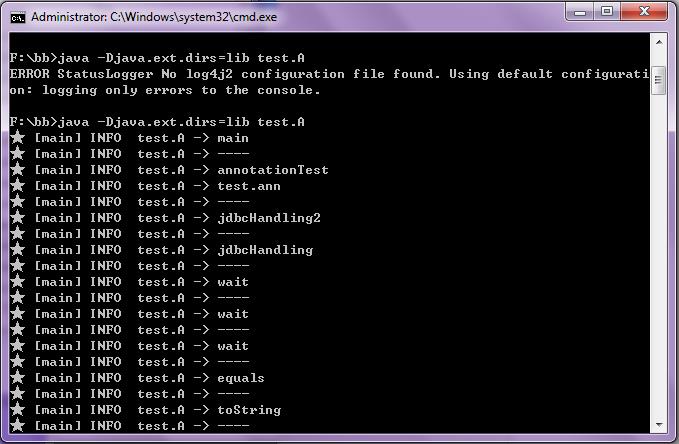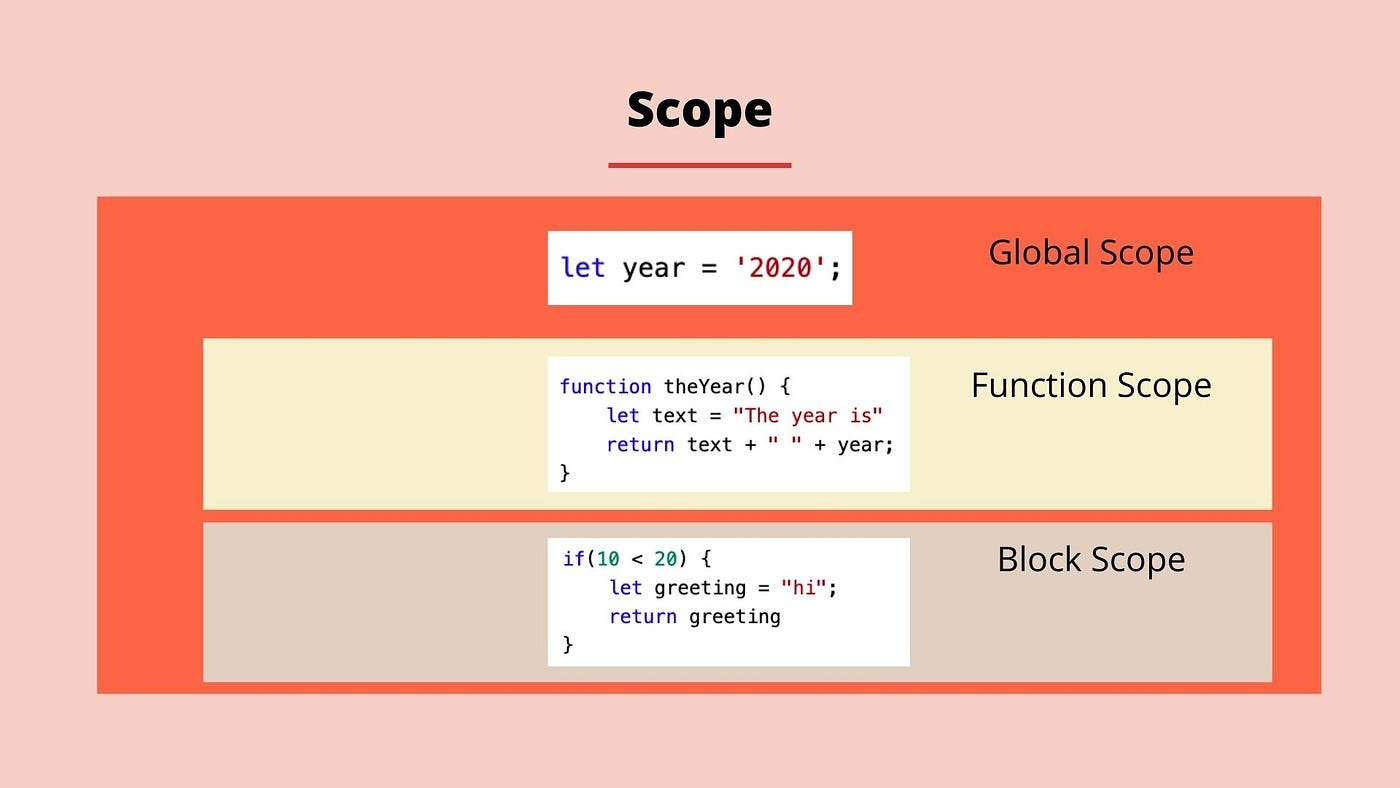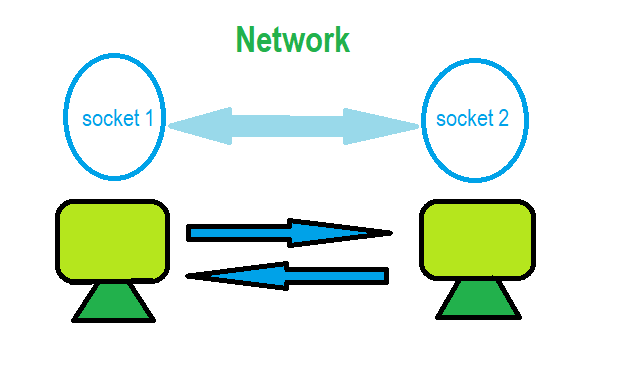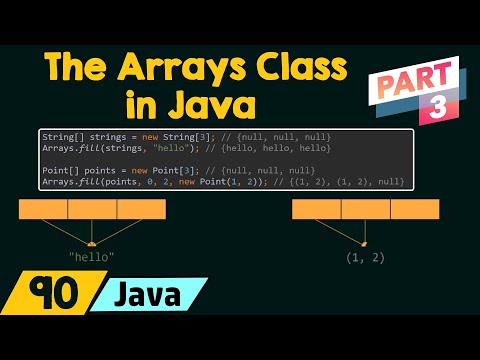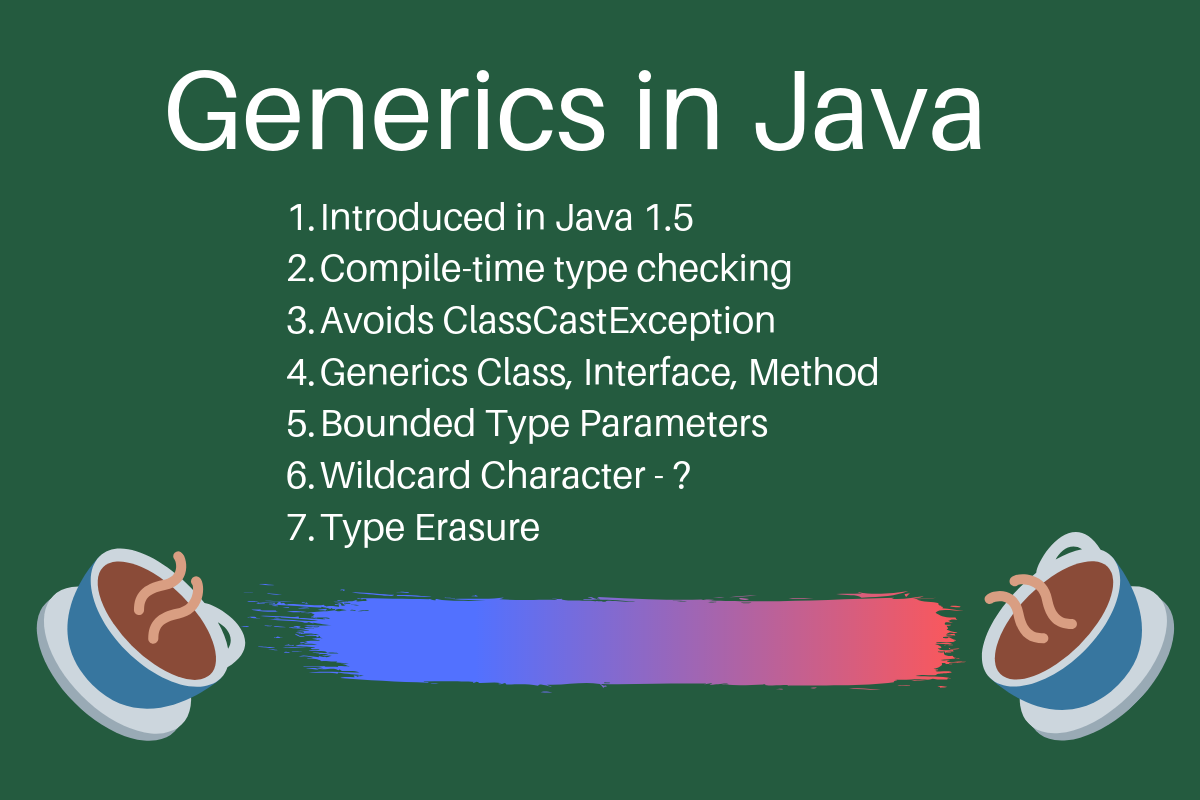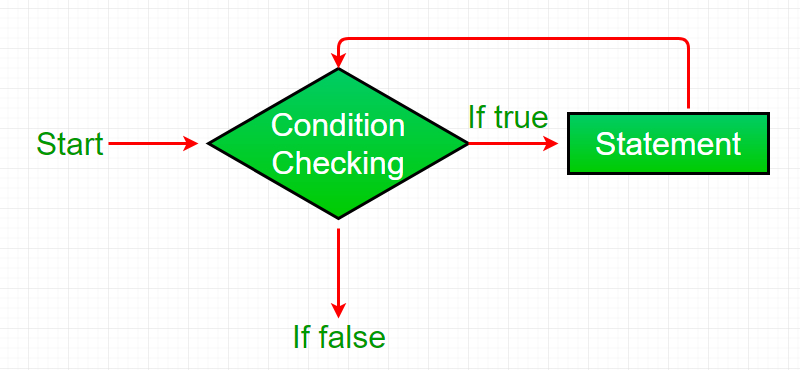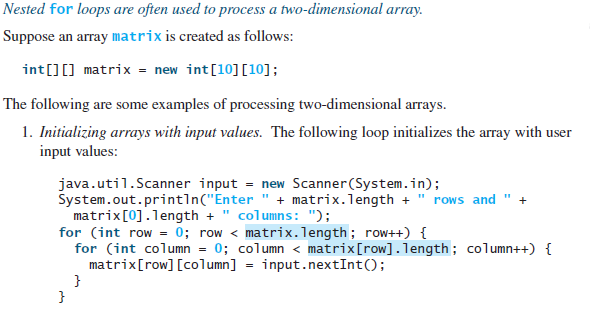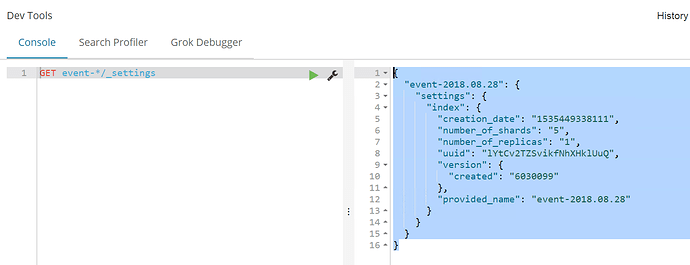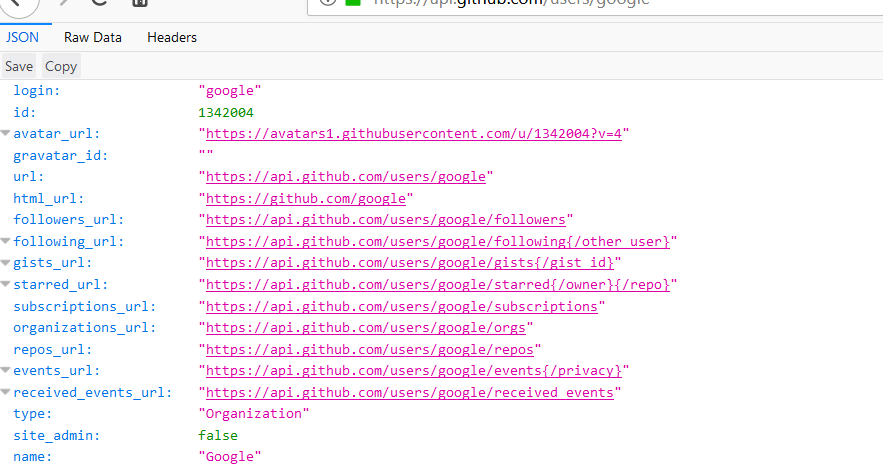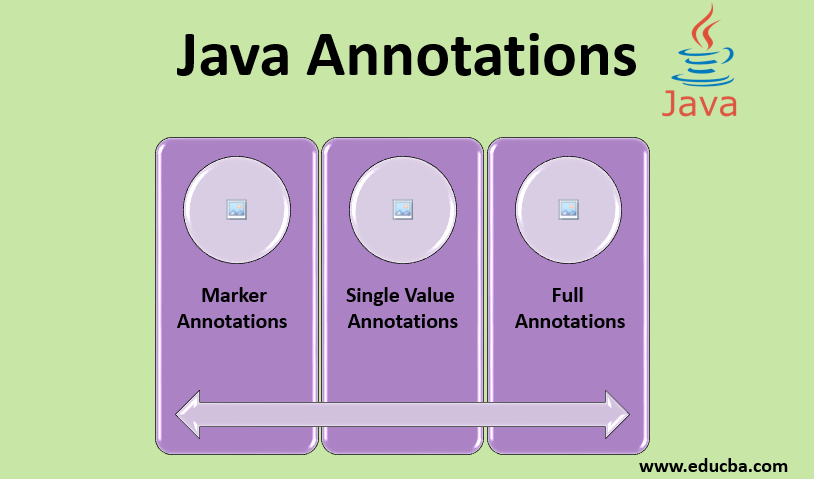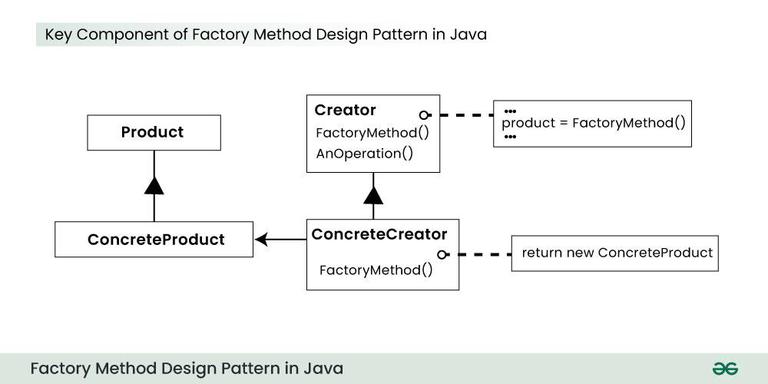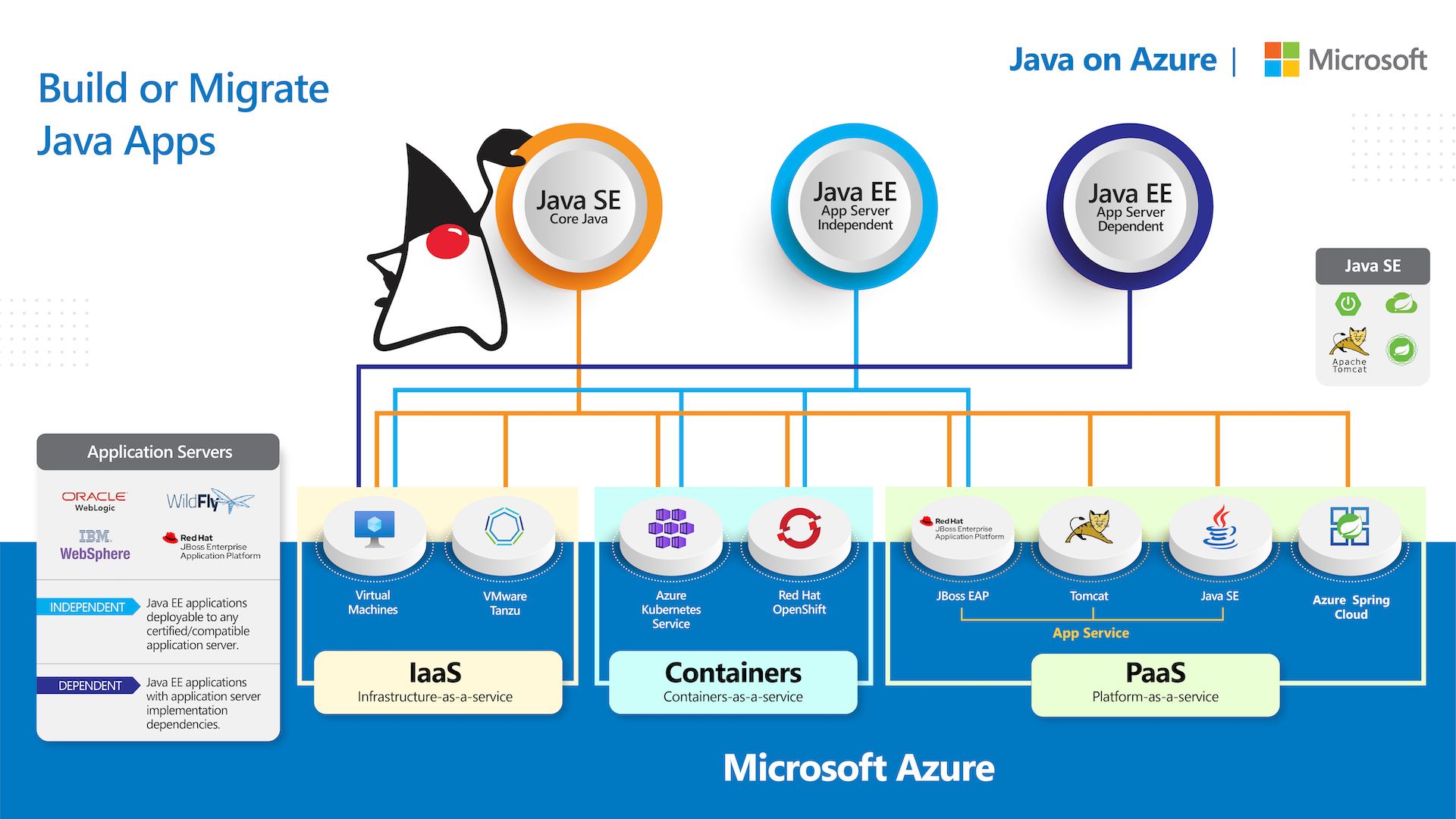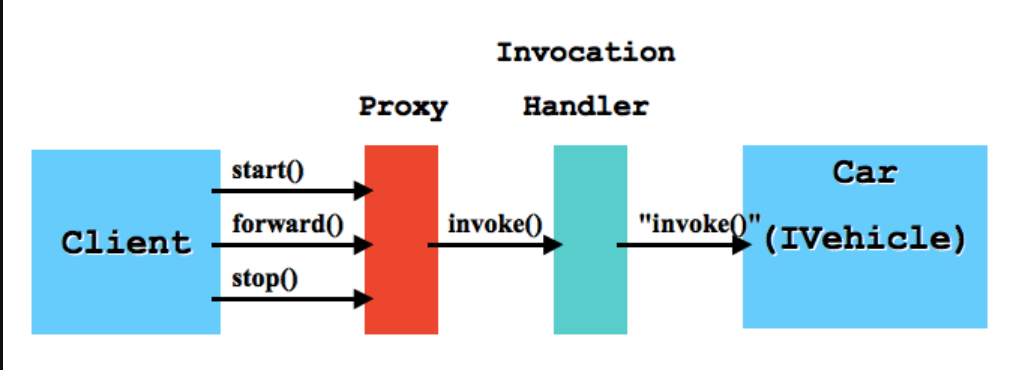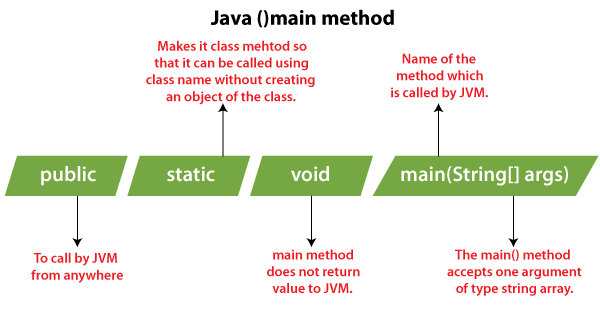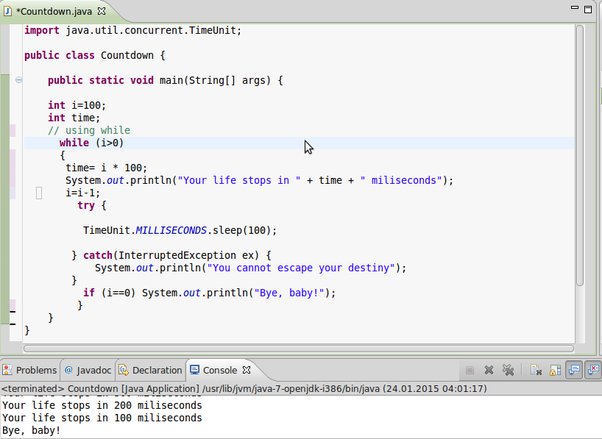Java jdbc interview questions
Java jdbc interview questions
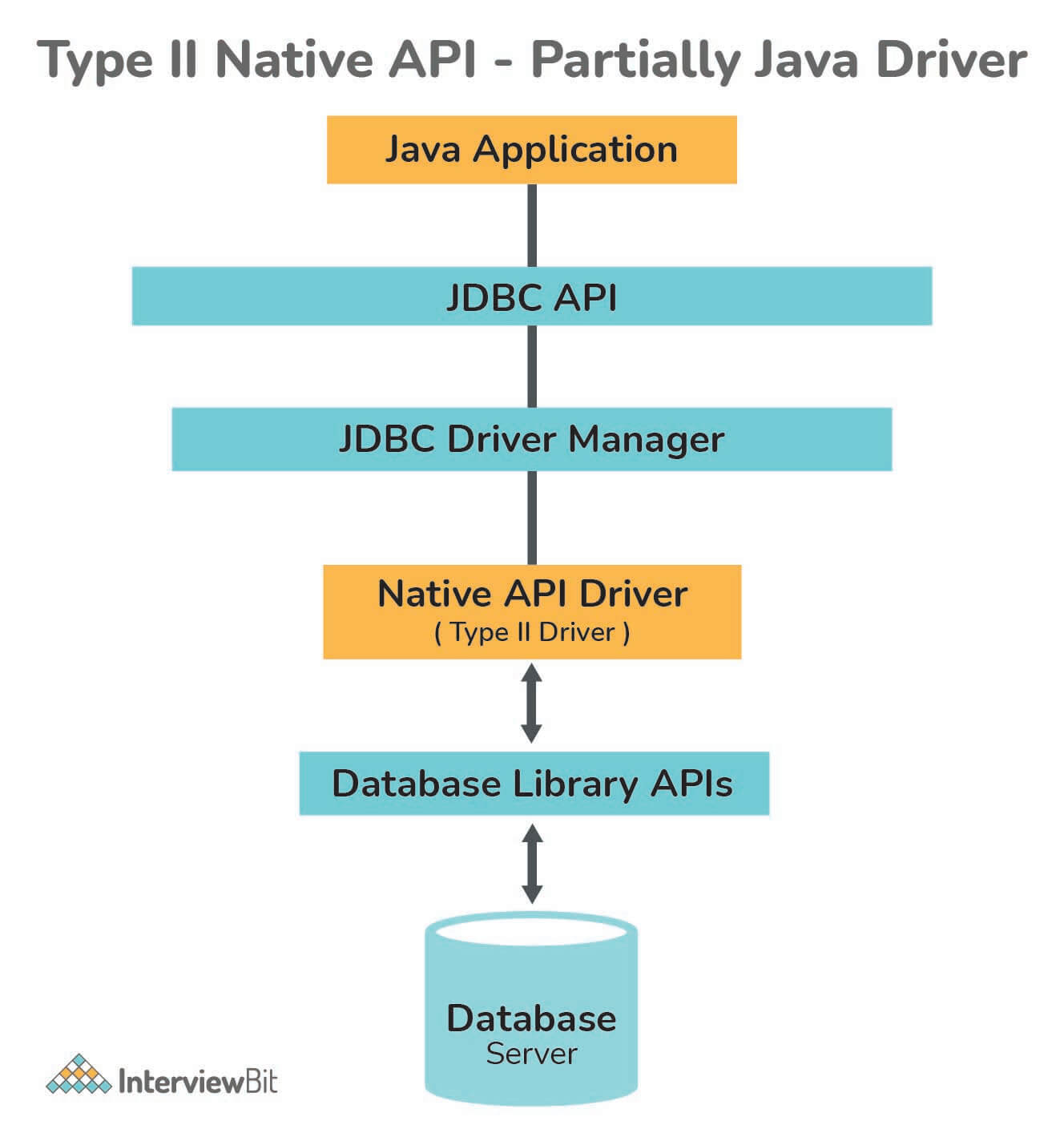
Here are some Java JDBC interview questions:
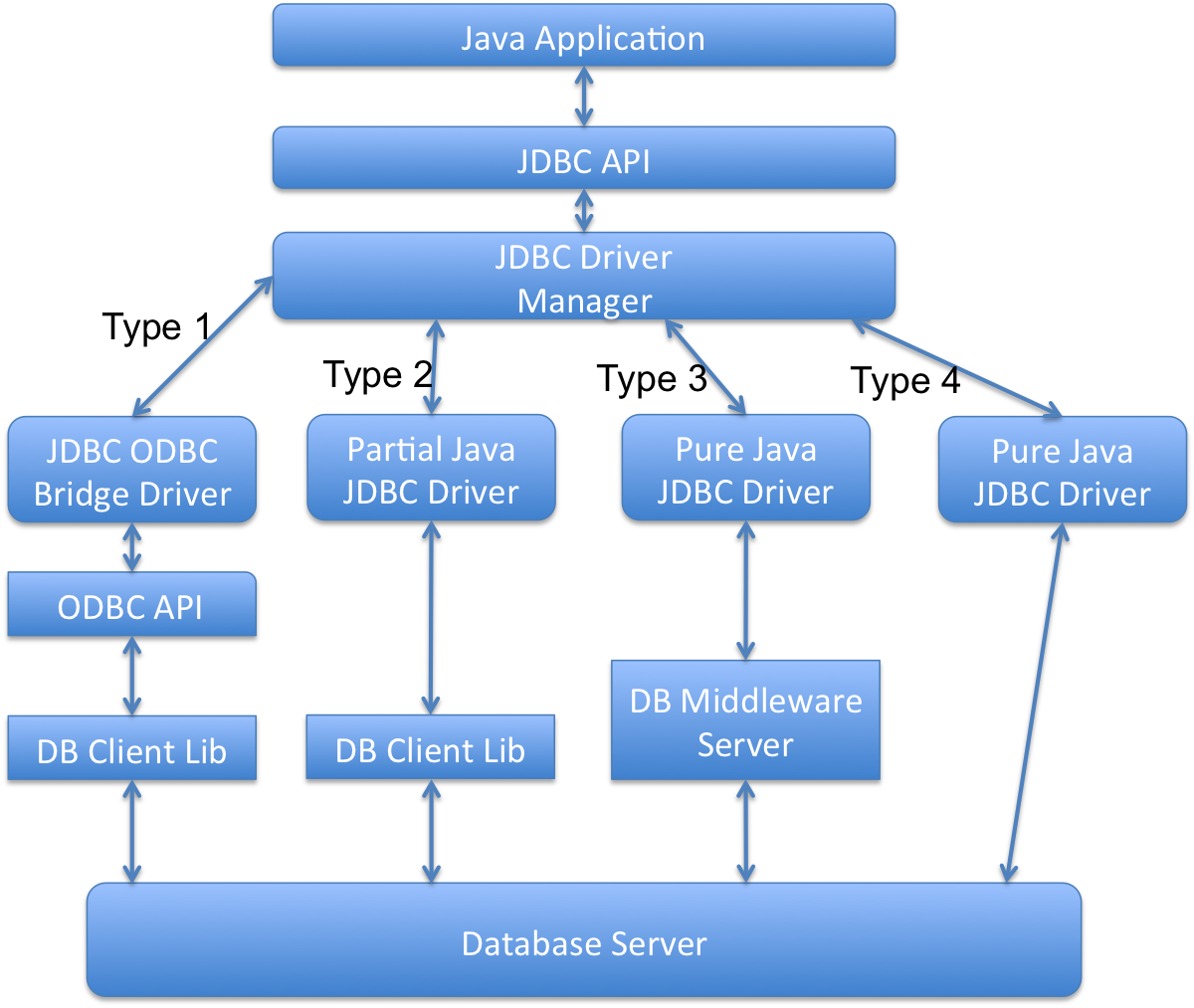
Basic Questions
What is JDBC and how does it work? What is the difference between JDBC driver and JDBC API? Can you explain the concept of a "connection" in JDBC? How do I establish one?SQL Statements
Write a simple SELECT query using JDBC. How would you write an INSERT query to add a new user to a database? What is the difference between executeQuery() and executeUpdate() methods in JDBC?ResultSet
How do you retrieve data from a ResultSet in JDBC? Provide an example. Can you explain the concept of forward-only vs scroll-sensitive cursors in JDBC? How would you get the column names from a ResultSet using JDBC?Transactions
What is a transaction in the context of JDBC? Provide an example. How do you start a transaction in JDBC? How do you commit/roll back one? Can you explain the concept of isolation levels (e.g., READ COMMITTED, SERIALIZABLE) in JDBC?Error Handling
How do you handle database errors using JDBC? Provide an example. What is the difference between SQLException and java.lang.Exception in JDBC? Can you explain how to use try-catch-finally blocks to handle database errors in JDBC?Other Questions
How do you execute a stored procedure using JDBC? Can you provide an example of using prepared statements with bind variables? What is the difference between a "statement" and a "prepared statement" in JDBC? When would you use each? How do you convert a Java object to a SQL date/time value using JDBC? Can you explain how to use the RowSet class in JDBC?Advanced Questions
How would you implement connection pooling in your application using JDBC? Can you describe the differences between MySQL, PostgreSQL, and Oracle databases in terms of their JDBC drivers and quirks? Provide an example of using a CallableStatement to execute a stored procedure that takes parameters. How do you handle nested transactions (i.e., transactions within transactions) in JDBC?These questions should give you a good starting point for a Java JDBC interview. Remember to be prepared to answer specific questions about your experience with different databases and the quirks of their respective JDBC drivers!
How to install JDBC driver for Java?
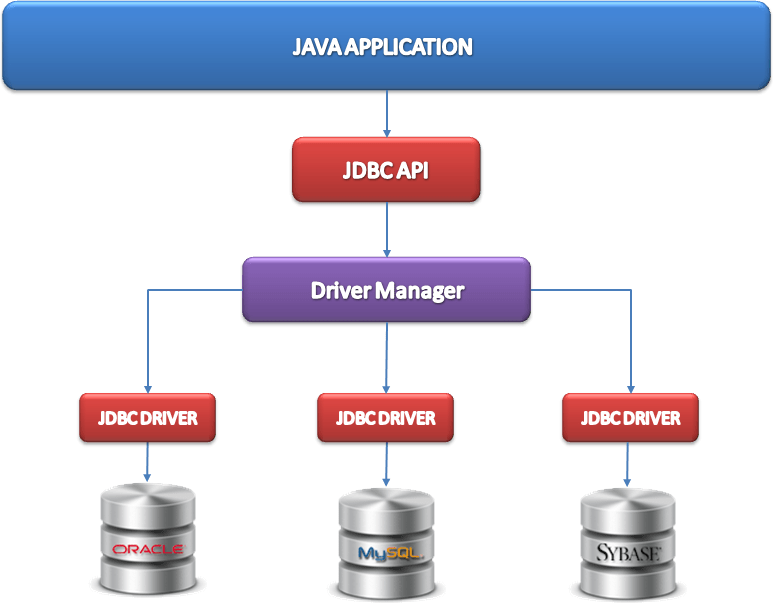
Installing a JDBC (Java Database Connectivity) driver is necessary when you want your Java application to interact with a database, such as MySQL or Oracle. The process of installing a JDBC driver varies depending on the type of database and the operating system you are using.
Method 1: Manual Installation
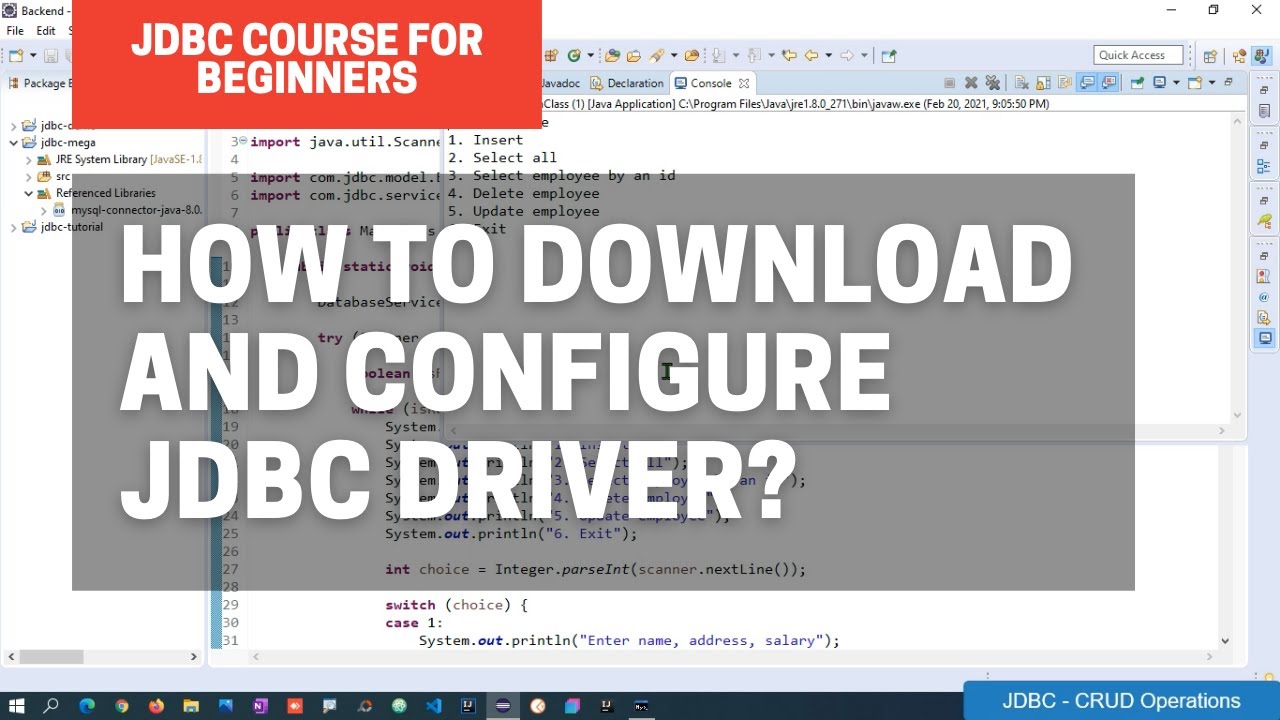
For manual installation, follow these steps:
Download the JDBC Driver: Go to the official website of the database management system (DBMS) you want to connect to. For example, if you want to connect to a MySQL database, go to MySQL.com. Download the appropriate JDBC driver based on your operating system. Unzip the Driver: Extract the downloaded zip file to a location of your choice. The default folder for many systems isC:Program FilesMySQLmysql-connector-java-XX.X.X.jar for Windows or /usr/share/mysql/connector-java.jar for Linux. Add the Driver to Your CLASSPATH: Modify your system's environment variable CLASSPATH to include the path of the unzipped driver file. On a Unix-based system, you would add the following command in your terminal: export CLASSPATH=$CLASSPATH:/usr/share/mysql/connector-java.jar (assuming the driver is located in /usr/share/mysql/). For Windows systems, right-click on "Computer" or "This PC," select Properties, then Advanced System Settings, and finally, click on Environment Variables. Add a new variable named CLASSPATH with the path of your driver file. Verify Your Installation: Compile a simple Java program using the JDBC driver to verify that it's installed correctly:
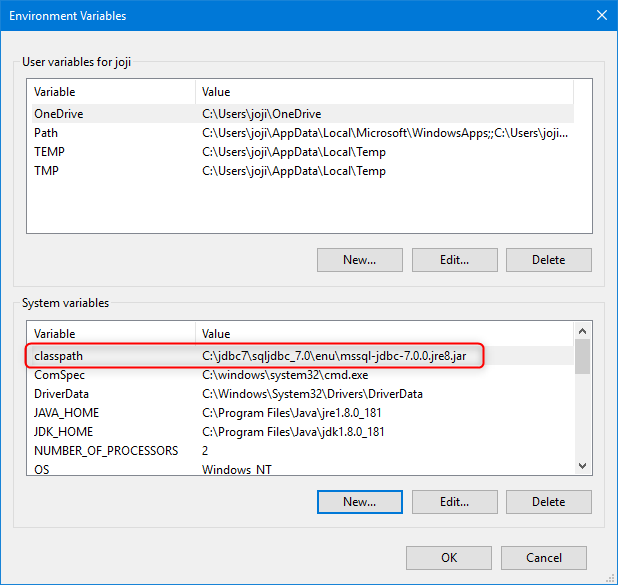
import java.sql.*;public class TestJDBC {
public static void main(String[] args) {
try {
Connection conn = DriverManager.getConnection("jdbc:mysql://localhost:3306/mydb", "username", "password");
Statement stmt = conn.createStatement();
ResultSet rset = stmt.executeQuery("SELECT * FROM mytable");
while(rset.next()) {
System.out.println(rset.getString(1));
}
} catch (SQLException e) {
e.printStackTrace();
}
}
}
Method 2: Maven or Gradle
If you're using a build tool like Maven or Gradle, you can include the JDBC driver in your project's dependencies.
For Maven, add the following dependency to your pom.xml file:
mysql
mysql-connector-java
XX.X.X
For Gradle, add the following dependency to your build.gradle file:
dependencies {implementation 'mysql:mysql-connector-java:XX.X.X'
}
Method 3: Using a Build Tool (for Eclipse)
If you're using an Integrated Development Environment (IDE) like Eclipse, you can install the JDBC driver as follows:
Download the Driver: Go to the MySQL website and download the necessary JDBC driver for your system. Create a New Library Folder: In your Eclipse project, right-click on theReferenced Libraries folder, then select New > Folder. Name this new folder something like mysql-connector-java. Add the Driver: Copy the downloaded JDBC driver file and paste it into your newly created mysql-connector-java folder. Link the Driver to Your Project: Right-click on your Eclipse project, then select Properties > Java Build Path > Libraries. Click Add External JARs..., navigate to your mysql-connector-java folder, and select the JDBC driver file (e.g., mysql-connector-java.jar). Click OK.
After installing a JDBC driver, you're ready to create Java programs that interact with your chosen database.
